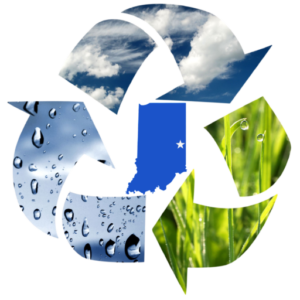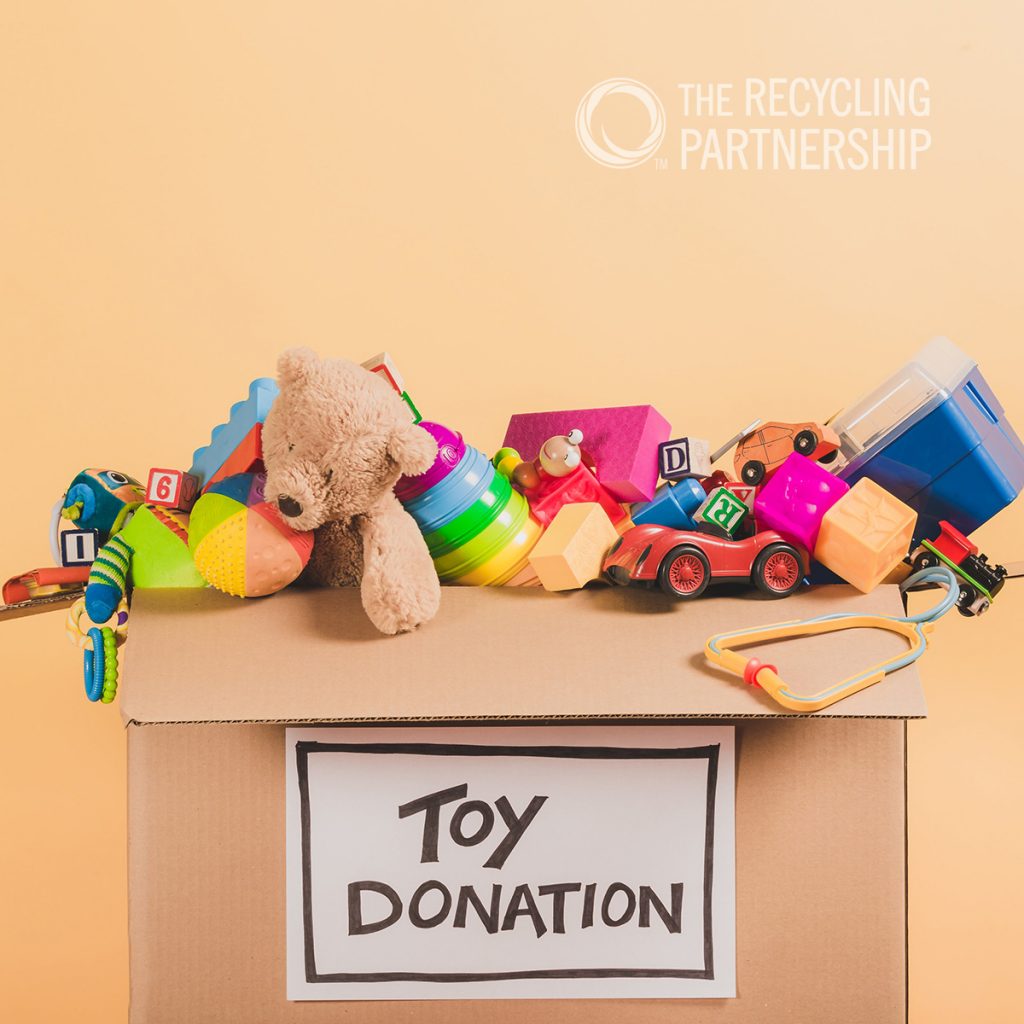Recycle it? Trash it? Donate it? Toss it on the compost heap? There are so many options when it comes to discarding stuff around your home, and they can be overwhelming.
The route you choose depends on the material at hand, and where it best fits in the overall scheme of each option. Here’s a down-and-dirty rundown of what’s what in the worlds of recycling, trash, composting, and donation.
Recycling
Recycling is basically turning old products and packaging into new products and packaging. Things like bottles, cans, containers and paper fall into this category. These items are collected at your community recycling bins, sent to a sorting facility, then sold to companies that use them in their manufacturing.
Think cardboard boxes and paper. For sure FedEx, UPS, and Amazon shipping boxes, phone books, greeting cards, and notebooks.
And plastics. So many types of plastic can be recycled, like empty water bottles or plastic containers that once held laundry detergent, shampoo, and other cleaners.
And cans. Aluminum soda and beverage cans, steel food cans.
How about cartons? Juice, milk, soup.
Not to mention glass bottle and jars.
Details vary by town, so see how to recycle right for Randolph County for the specifics.
Trash
Call it garbage, refuse, or rubbish. Trash refers to the material that is thrown away as worthless. Recycling programs help weed out potentially useful items that may have once been considered trash, but for now some items are simply meant for the garbage can.
Thin tissues, and other unsanitary items head straight to the trash bin, as do many containers that are gunky or greasy with food residue. Dirty diapers for sure. Chip bags and similar wrappings, too.
Composting
What do you do with food waste, yard trimmings and other gloppy organics? Compost them! Composting is a simple word for transforming certain types of garbage and biodegradable trash into organic material that doubles as a fertilizer. The process involves a breakdown by bacteria in the soil, which is helped along by turning, mixing, and exposing the discarded materials to air.
Many types of food can be composted, as long as you steer clear of excessive oils, fats, or lard that can create odor issues that attract flies, rodents, and other pests. Egg shells, coffee grounds, and used tea bags make ideal composting materials, as do small amounts of shredded newspaper and tissue, leaves, weeds, and plant clippings from around the yard.
You need three ingredients for successful composting. These are:
- Browns: Things like dead twigs, branches, and leaves that provide carbon. For that matter, you can toss in dirty napkins and the like – one less thing for the trash can.
- Greens: Materials such as vegetable and fruit scraps, grass clippings, and coffee grounds that provide nitrogen.
- Water: Water provides the moisture that helps to break down the organic matter.
Check with us or local garden club for more details and instructions.
Donating
Local and national charities and services play an important role in keeping lightly used items out of landfills as well as finding new homes for the continued use of your valuable stuff.
Donating useful items can dramatically cut down on the number of items you throw away as trash and help out your community in the process.
Recycling creates new items from old, donation gives items a longer life, and compost can enrich and fertilize the soil. All of these are a win for the earth as well as for those who live here, including your friends, your family, and you.


